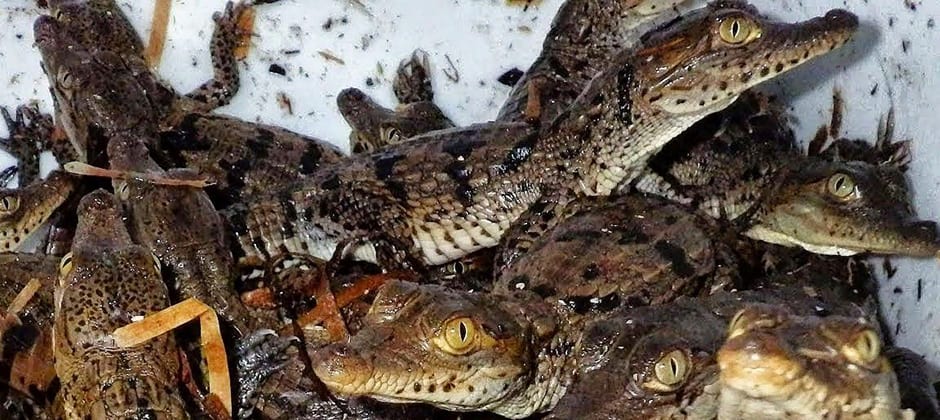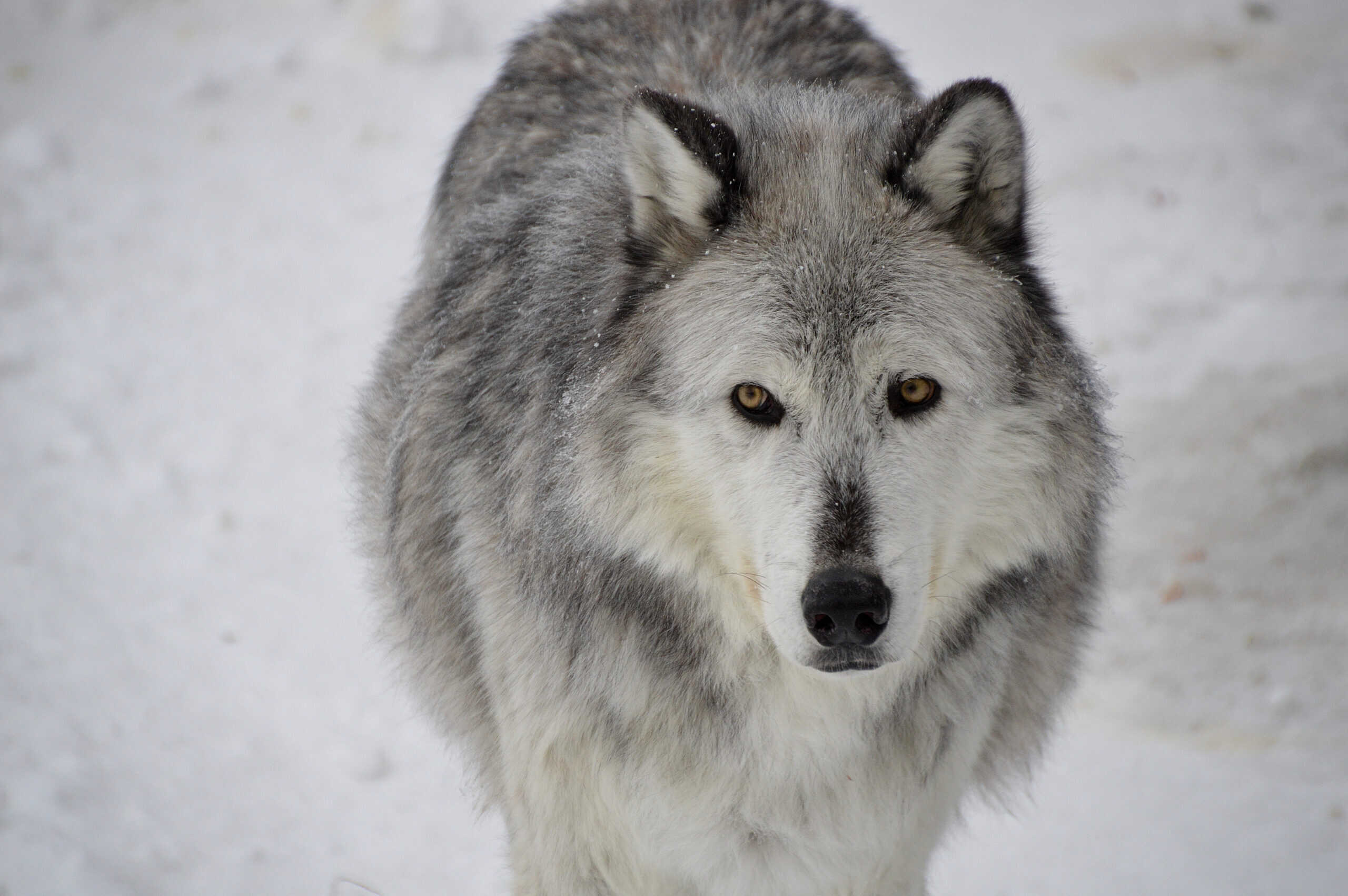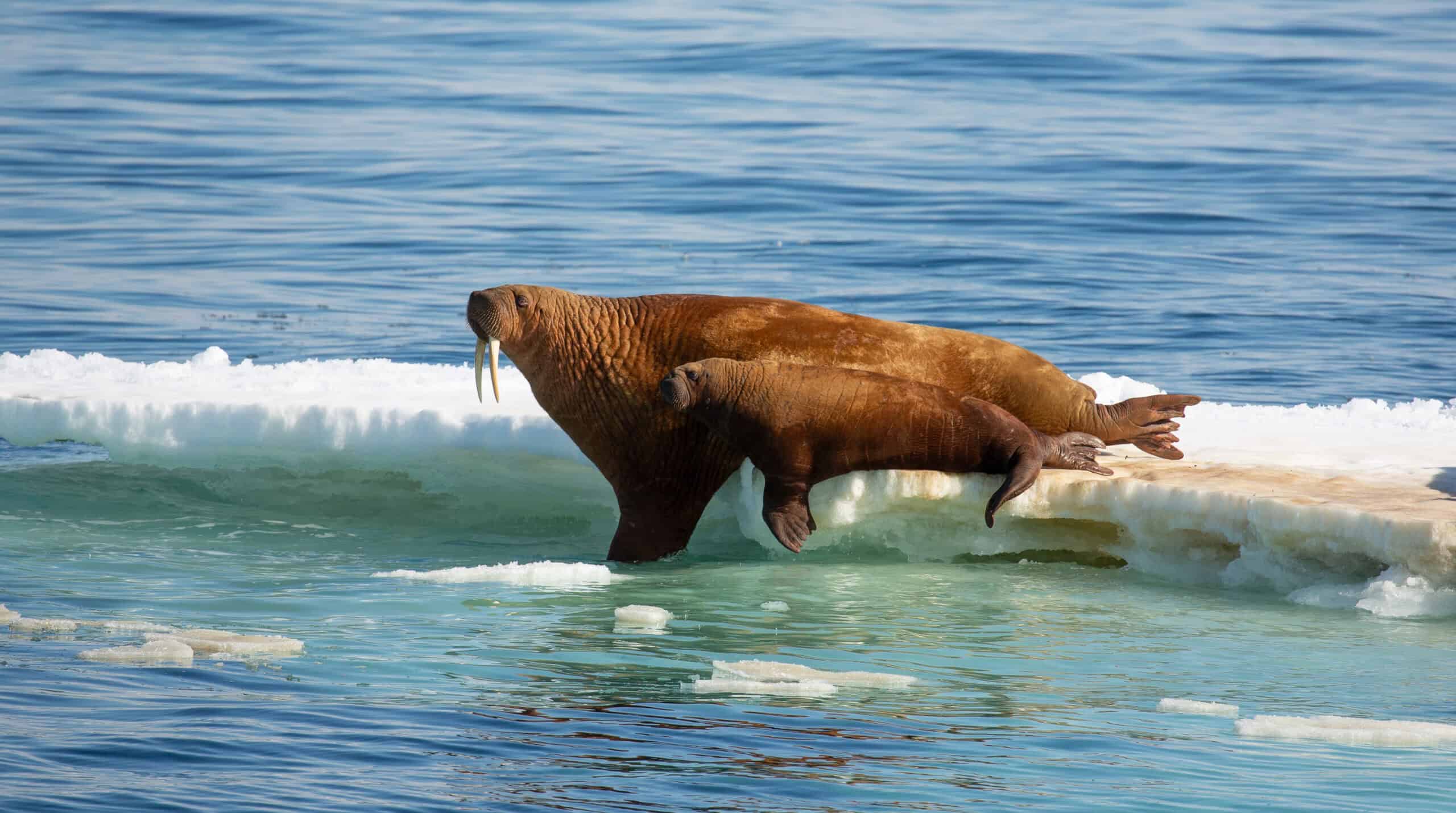Share this article
Saltier water affects survival of Everglades crocs
The Everglades are home to North America’s only population of crocodiles, but the increased saltiness of the water in some areas has slowed their growth and negatively affected their body conditions, especially in younger animals. But crocodiles can live a long time, and researchers say restoration efforts can reverse these effects.
Water management over the decades has had to make room for urbanization, which has resulted in changes in hydrology, including increased salinity, said Venetia Briggs-Gonzalez, a wildlife ecologist at the University of Florida. There have also been more prolonged dry and wet seasons. As a result, she said, hydrological conditions in the Everglades are vastly different from what they were historically.
“There are more areas that undergo hypersaline events for longer periods of time and more frequently,” said Briggs-Gonzalez, who led a study published in PLOS ONE that tapped into a massive dataset on American crocodiles (Crocodylus acutus). The data came from the Croc Docs, a group of University of Florida biologists, quantitative ecologists, graduate students, field technicians and outreach staff who conduct long-term research and monitoring of crocodilians and other species. The group has conducted crocodile capture-mark-recapture events twice a year since 1978 in South Florida, providing researchers nearly four decades of data, not just on the animals, but what their body condition say about environmental conditions.
“Indicator species, like the American crocodile, can show us how these hydrological changes affect their health,” Briggs-Gonzalez said.
Over this time, scientists have sought to restore the Everglades’ hydrology. Briggs-Gonzalez and her colleagues wanted to find out if these efforts affected crocodiles and their survival rates, particularly since crocodiles need lower salt levels in the water they drink to remain healthy. “Hypersaline conditions put physiological stress on an animal, which can affect growth and body condition,” she said.
Monitoring active nests in South Florida, the researchers hand-captured hatchlings, measured and weighed them, and gave them a unique mark that would be distinguishable decades later. “Each recapture of an animal provides a snapshot of that individual crocodile’s life,” Briggs-Gonzalez said. It can show how much it has grown between captures, how well it’s doing in its environment and if it survived at all. Because crocodiles live so long, the team was able to follow older animals for most of their lives, with few captures.
After reviewing over 10,000 crocodile capture events of almost 10,000 individuals, the team found that younger animals had the fastest growth rate and poorest body condition, but their body condition improved with age. Hatchlings had a 25% survival rate to their first juvenile stage.
“Hatchlings are particularly vulnerable to hypersalinity because they lose weight when conditions do not have enough freshwater,” she said. “There would also be time spent traveling to an area that has more freshwater, which provides exposure to predators.”
When subadult crocodiles reached about 6 years old, their survival increased to 90%, and they had an acceptable body condition throughout the Everglades. Comparing body condition to water conditions, researchers found that saltier waters slowed or reduced growth and resulted in poorer body condition and lower survival rates. Hypersalinity mostly occurred in the Northeast Florida Bay, where many Everglades restoration efforts are taking place.
American crocodiles continue to increase slowly, but restoration work is still important, Briggs-Gonzalez said. “With the increased delivery, quantity and timing of freshwater, there will be increases in crocodile numbers, improved body condition, growth and survival,” she said.
Header Image: Crocodile hatchings like these are most impacted by hypersaline water. Credit: Michiko Squires








